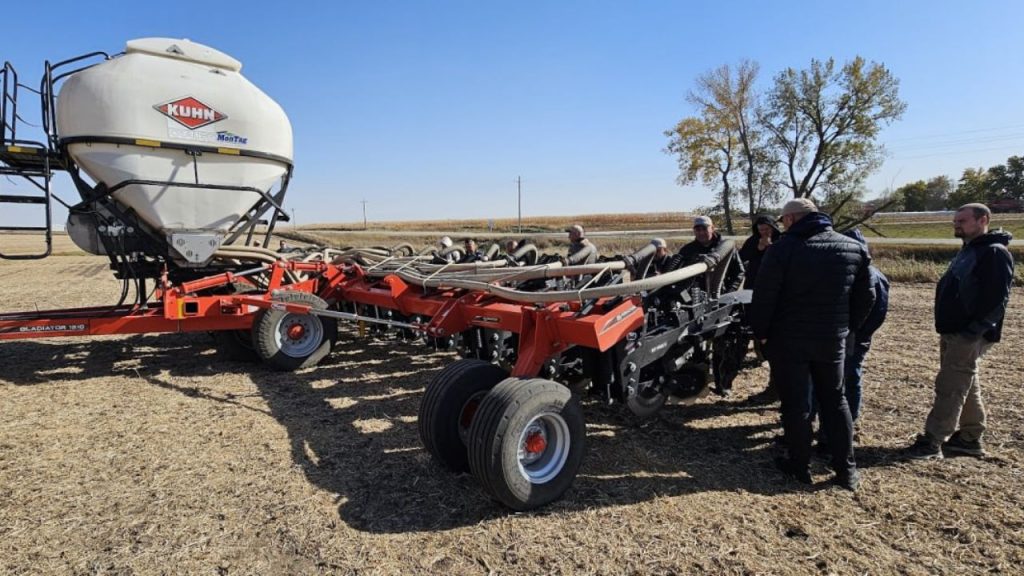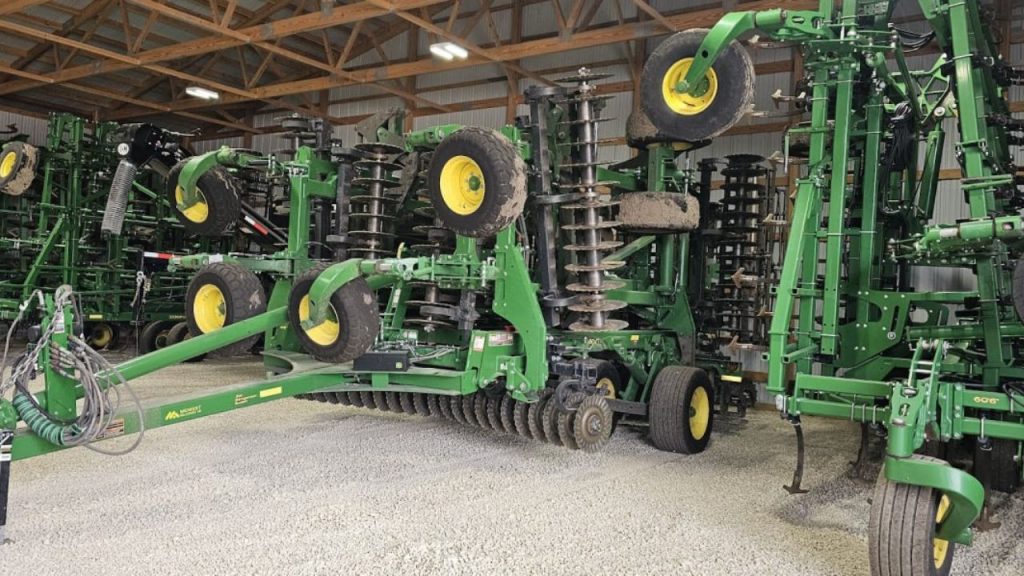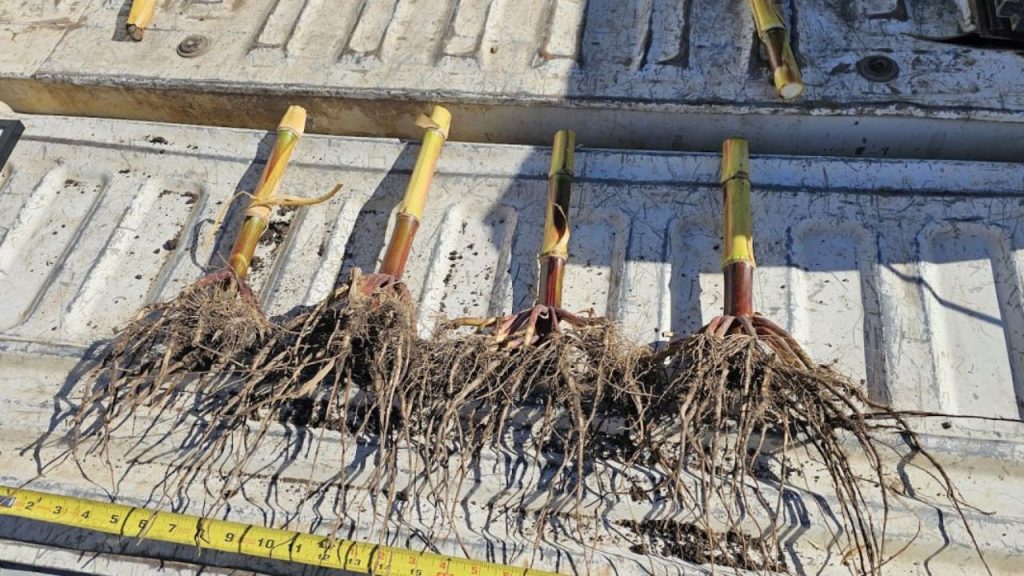Yurii Lysak participated in an agro-expedition to the Midwest of the USA
26. 11. 24

The Chief Agronomist of the Agro-Region Group of Companies, Yurii Lysak, participated in an agro-expedition to the Midwest of the USA. The participants of the agro-tour had the opportunity to explore the latest crop production practices in the country, with a particular focus on balanced soil nutrition, soil tillage, and cover crops.
The tour route extended from the heart of the Corn Belt to its northernmost edge, covering a variety of agricultural regions in the USA.
“Each state we visited has its unique agricultural characteristics, soil and climatic conditions, and striking differences in annual precipitation—ranging from 250 to 1,200 mm. Every day, we visited 2-3 farms, service cooperatives, and universities. We compared technologies, analyzed the pros and cons of different soil nutrition approaches, and studied advanced solutions that help preserve soil fertility and protect the environment,” says Yurii Lysak.
According to him, the close collaboration between universities and agricultural producers was particularly impressive. For instance, Purdue University operates the Agronomy Center for Research and Education, the largest research station in Indiana. Its resources support approximately 180 research projects involving over 80 scientists from 11 faculties.
“Local farmers trust the research results and recommendations provided by scientists. This synergy allows them to harvest 15-16 tons of corn per hectare—and that’s not the limit. It’s worth noting that the university is partially funded by agricultural producers, with an average of $5 per hectare allocated for scientific development. Additionally, Purdue University runs a vegetable farm with both open-field and greenhouse vegetables, as well as an automated vertical farm. Students work there, gaining practical experience firsthand,” adds Yurii Lysak.
He also highlights that one of the key goals for the future is minimizing soil tillage, preserving its structure, and simultaneously improving the efficiency of fertilizer application.
“The Agro-Region strategy involves moving away from plowing. The American experience with mini-till and strip-till technologies helped us understand the direction we should take. It was interesting to see how some farmers design and build their own equipment for strip-till soil processing,” says Yurii Lysak.
As for soil nutrition, the chief agronomist notes that since 2017, the Agro-Region Group has followed the principle: feed the soil first, and the soil will feed the plant. At that time, Agro-Region transitioned to variable-rate fertilizer application, adopting the American nutrition model, as soil analyses were conducted by a Ukrainian company that tests soil in an American laboratory.
“The plant should feed through the root, not the leaf. In the USA, we saw that farmers first analyze which elements the soil lacks and how to bring their levels to optimum. While dry fertilizers (phosphorus and potassium) are applied strictly based on analysis results, the amount of nitrogen depends on profitability calculations. If corn prices are high and fertilizer costs are low, nitrogen is applied in surplus, aiming for higher yields. Conversely, if corn prices are low and fertilizers expensive, they apply less. Each university develops nitrogen calculators based on their regional research,” explains Yurii Lysak.
Agriculture in the USA is a way of life. Land is passed down from generation to generation, and great attention is paid to preserving its fertility, says Yurii Lysak: “We saw fields with drainage systems to improve crop-growing conditions, how cover crops are incorporated into crop rotation, and experiments with various irrigation methods that save up to 40% of water. However, we not only learned from their experience but also shared our achievements, as Americans have something to learn from Ukrainians. This is evidenced by the monument to soft red winter wheat, which was brought to the USA by our fellow countrymen.”
Photos provided by Chief Agronomist Yurii Lysak.















